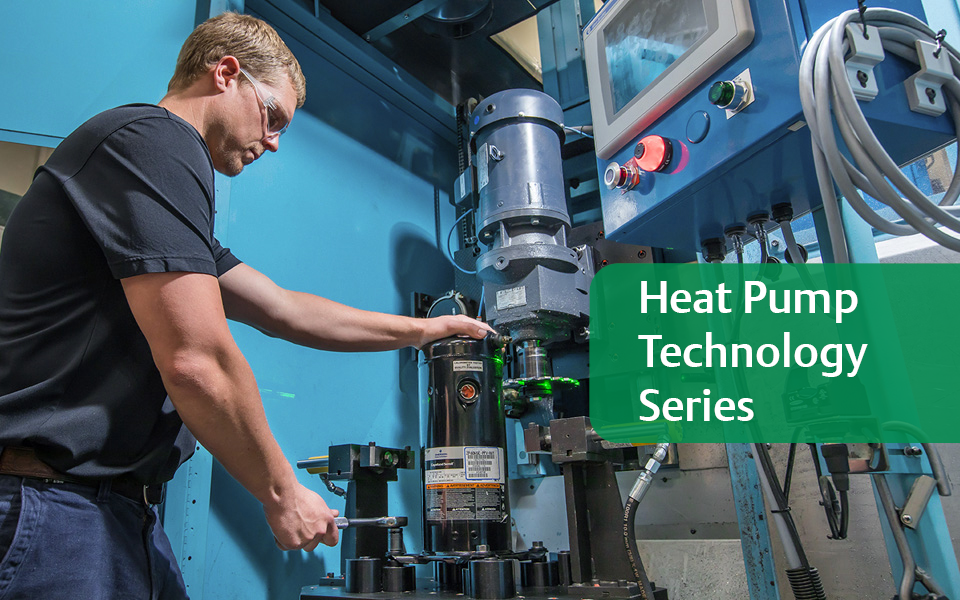Now more than ever, there is an increased focus on preserving people’s health and quality of life. Due to COVID-19, facility managers are beginning to shift their attention from prioritizing energy efficiency to achieving better indoor air quality (IAQ) for their occupants. Evidence shows that COVID-19 may spread through particles in indoor spaces. A building’s layout and design, type of HVAC systems, and occupancy all contribute to the potential spread of the virus through indoor air.

Many buildings use energy-efficient HVAC products in their construction, but these products pose a risk by sometimes sacrificing indoor air quality. As a result, while energy conservation is important to help lower costs and greenhouse emissions, emphasis is now being placed on retaining healthy indoor air quality. Indoor air quality can be defined through factors such as:
-
- Temperature
- Humidity
- Particulate matter (i.e., PM2.5 and PM10)
- Volatile Organic Compounds (VOCs)
-
- Sometimes the focus is placed on the metric Total Volatile Organic Compounds (TVOCs)
-
- Carbon Monoxide and Carbon Dioxide
- Formaldehyde or Radon
- Other organic material/life (e.g., mold, microbes, pests, etc.)
Once these factors have been pushed outside of an acceptable threshold, the IAQ may be compromised and require measures to keep those levels in check.
Poor IAQ has historically been shown to contribute to issues such as headaches, fatigue, and respiratory irritation. At times, inadequate air quality has led to asthma and other respiratory diseases. The EPA suggests increasing air filtration and ventilation rates to combat these issues.
Reasons for Facility Managers to Reprioritize Indoor Air Quality
- Concentrations of concerning pollutants (carbon monoxide, radon, mold, lead, ozone, etc.) are up to 5 times higher indoors than outdoors. Americans tend to spend the vast majority of their time indoors, and those who are the most susceptible to ill effects from pollution are even more likely to stay indoors (the elderly, people with diseases, etc.).
- Better air quality improves comfort inside a building. Low humidity can irritate skin, eyes, and throat, whereas high humidity can cause uncomfortable muggy conditions. Excessive VOC exposure can also cause physical irritation. If you are using an indoor air quality monitor, you will be able to measure additional variables such as humidity, carbon dioxide, and VOC levels to name a few.
- Air quality inside schools in particular is very important. Children are more vulnerable to pollution than grown adults. Poor air quality affects the ability to learn, and students tend to cognitively perform better when the school building offers good ventilation.
- Using proper ventilation, air filtration, and maintaining adequate air flows allows for better control over odors and contaminants. A steady flow through the ventilation system helps dilute odors and contaminants with air from the outdoors. A good ventilation system will distribute the outdoor air and remove internal polluted air.
Proper – ASHRAE Standard 55-2017
In order for IAQ parameter standards to be met and indoor environments to reach a correct thermal comfort level, temperatures ought to range between 67- and 82-degrees Fahrenheit according to ASHRAE Standard 55-2017. HVAC systems are supposed to maintain a humidity ratio of 0.012 or below, dependent on factors such as temperature, season, activity levels, etc.
Air Pollutant Thresholds:
-
- Particulate Matter (PM2.5): 0-12 ug/m3
- Particulate Matter (PM10): 0-54 ug/m3
- Volatile Organic Compounds (VOCs): 0-15ppm
- Carbon Dioxide (CO2): 400-650 ppm
- Formaldehyde: 0-0.2ppm
Carbon dioxide (CO2) levels are typically good indicators for whether an indoor space is meeting the required levels for fresh air. Using a monitoring system allows you to keep an eye on air pollutant levels and whether the filtration needs to be changed. During the COVID-19 pandemic especially, try to either upgrade your central filtration or use a combination of air filters and air cleaners to maintain acceptable levels of air pollutants indoors.
Implementation of a Dedicated Outdoor Air System (DOAS) can simplify ventilation design and control, improving overall IAQ.
Maintaining Indoor Air Quality Standards
Moving forward for future evaluations, make sure to have a good indoor air quality plan in place. Consider using an air quality sensor to track carbon dioxide, particulate matter, humidity, and more. Implement a well-designed ventilation system with proper filtration to limit any air pollutants.
Maintaining healthy indoor air quality is more important than ever. Facility managers can create a balance between operational efficiency and improvements to air quality so that occupants can enjoy the best health and comfort possible.

Exploring New Opportunities for CO2 at ATMOsphere America
*Emerson’s Climate Technologies business is now a new standalone company – Copeland. Building on...

Overcoming the Technological Barriers to Wider Heat Pump Adoption
How Copeland’s compression solutions are advancing cold climate and peak-load heat pump challenges...

How U.S. Climate Legislation Is Driving Adoption of Sustainable Heat Pump Solutions
Exploring opportunities to offset electric heat pump costs in commercial and residential...
